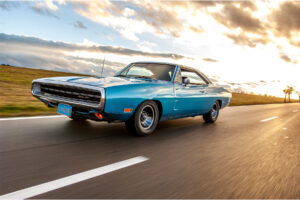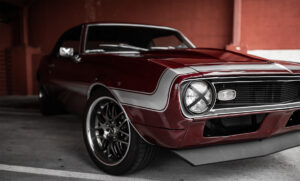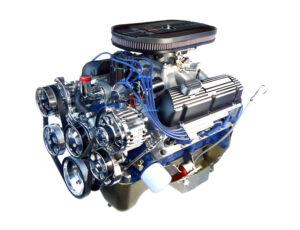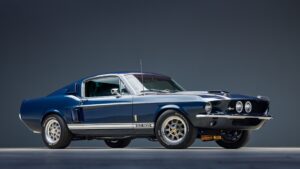Are Muscle Cars In Trouble?
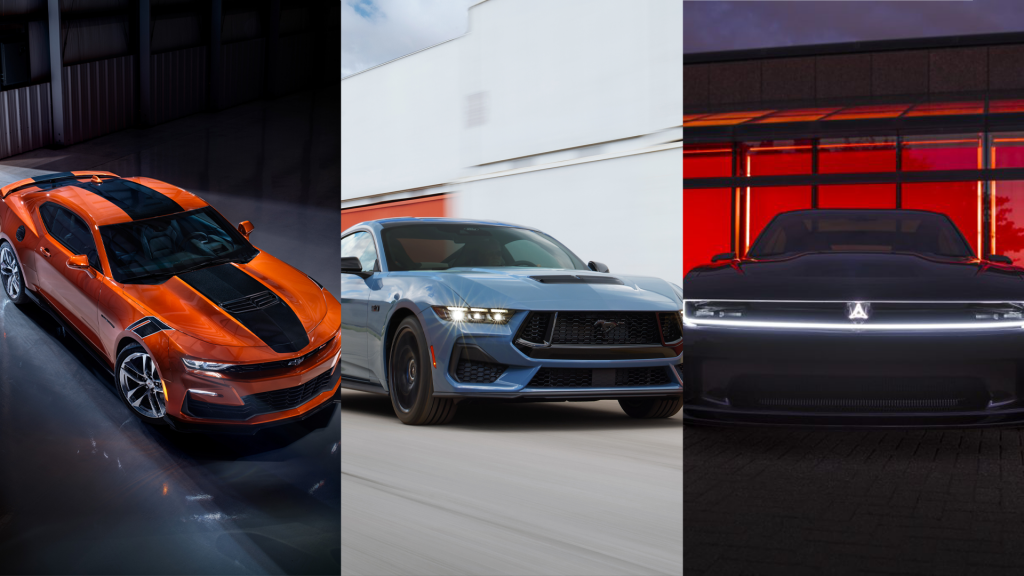
Everyone loves muscle cars. They are the perfect combination of performance and attitude, and have been a symbol of American pride for decades. However, if you have been paying attention to the recent developments of the muscle car world, you have probably noticed some significant changes that have been happening.
Chevrolet announced that production for the Camaro will be ending in 2024. Dodge’s successful line of Challengers and Chargers, both of which have been rocking the iconic Hemi, will be converting to fully-electric drivetrains with the 2024 Dodge Charger Daytona SRT EV. It appears that the only model carrying the tradition of the all-American muscle car is Ford, where the 2024 Mustang will boast the mighty 5.0-liter Coyote V8. So one iconic muscle car is being retired, another is converting from ICE to EV, and a third seems to have the burden of keeping “true” muscle cars alive on its own.
Chevrolet’s Only Muscle Car Will Disappear. Now What?
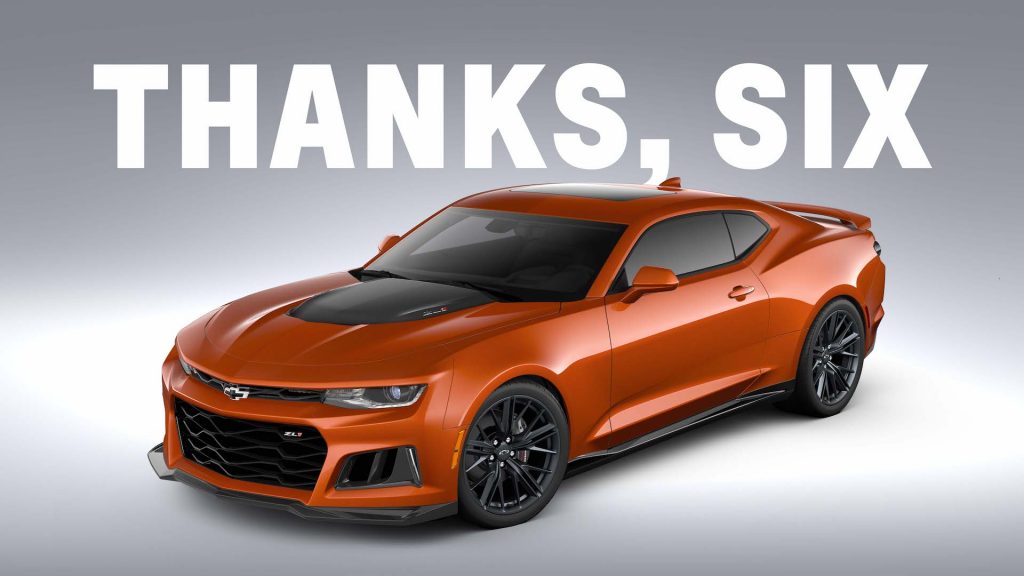
The Camaro has spent six long generations as Chevrolet’s go-to muscle car, with the current and final iteration spending nine years on the market. Many Camaro fans were upset over the news when Chevrolet announced that it would be ending production on the car in 2024. While it certainly enjoyed significant time in the sun, many believe that declining sales, dropping popularity, and lack of attractive upgrades may have sealed the muscle car’s 56-year-long run.
So many are wondering what the next move is for Chevrolet. With the Camaro disappearing off the production line, what will they put in its place? Some believe that an all-electric sedan/coupe could be a likely replacement in order to compete with Dodge’s electrified Charger Daytona SRT EV. Whether it will carry on the “Camaro” name is unknown.
The other possibility that fans are hopeful for is a new muscle car that will continue on as an ICE vehicle to serve as a worthy contender against the highly-anticipated 2024 Ford Mustang. While the dawn of EVs grows closer and closer every day, many enthusiasts will stand by the notion that a muscle car can only exist as an ICE vehicle.
Dodge’s Muscle Cars are Trading The Very Successful V8 HEMI for an All-Electric Drivetrain
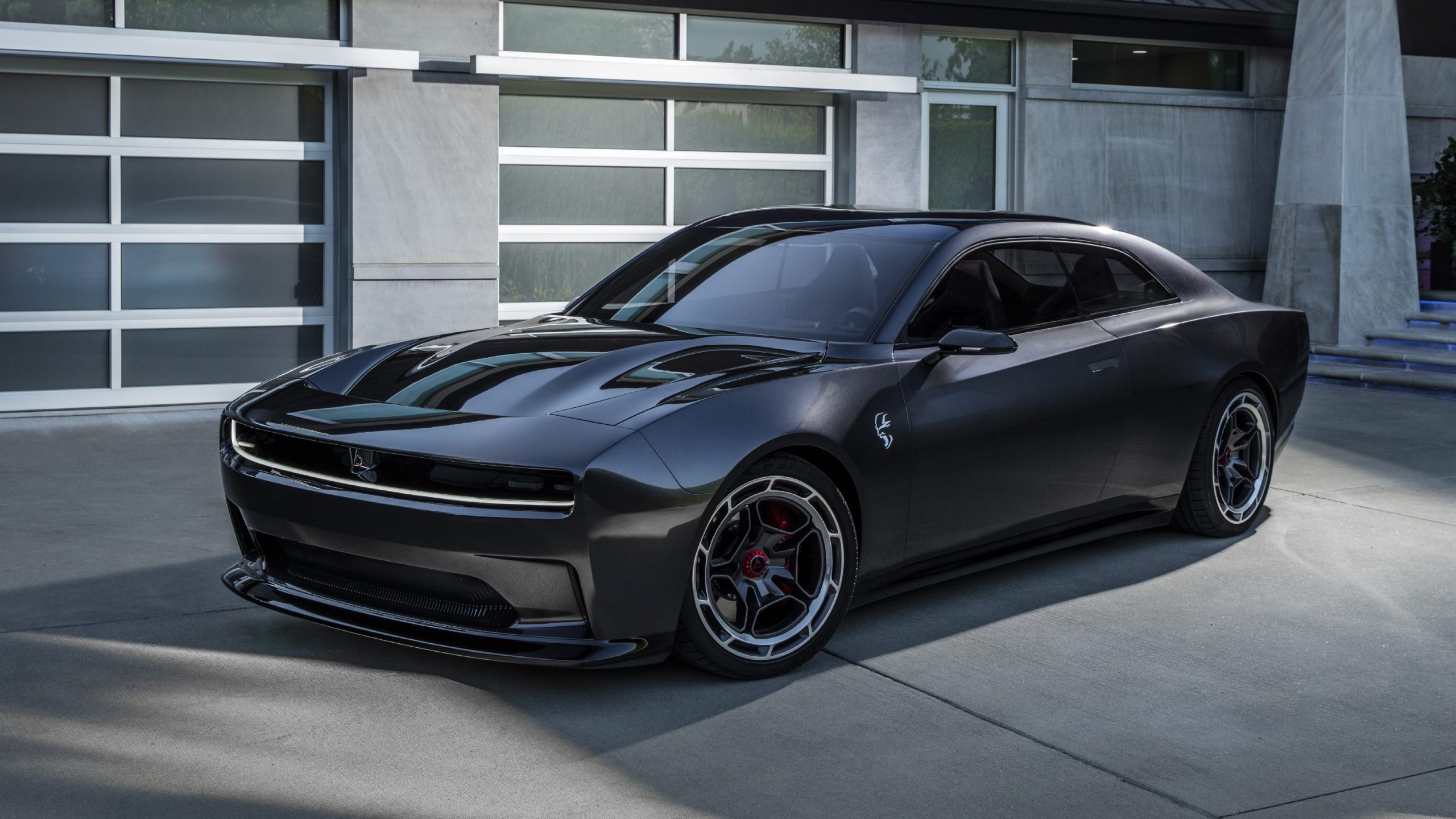
Hardcore Dodge fans are displaying mixed feelings towards the brand’s decision to convert its line of very successful muscle cars from V8 Hemi’s to a 3.0L Hurricane I6 electric powertrain. Some see it as a very bold move, serving as the tip of the spear for muscle cars’ incoming electrified future. Others see it as a blasphemous decision when both the Dodge Charger and Dodge Challenger were viewed as the modern-day version of “American muscle.” After all, the Dodge Challenger was announced to be the 2022’s top-selling muscle car in the U.S., beating out both the Camaro and the Mustang.
While Stellantis is closing out the current generation of Chargers and Challengers with a real bang thanks to its line of limited-edition “Last Call” models before its incoming electrified shift, many wonder if this all-electric conversion is permanent. The automaker proved that building some of the most powerful muscle cars on the road is one of the things it does best. But does this change also mean that that part of the brand’s reputation is being thrown out with the bathwater? Will E-Muscle be the permanent platform going forward? Or will Dodge come back with another Hemi-equipped Charger and/or Challenger to both satisfy customers, as well as give the 7th-gen Mustang a run for its money?
The 2024 Ford Mustang Appears To Be The Last Traditional Muscle Car Standing
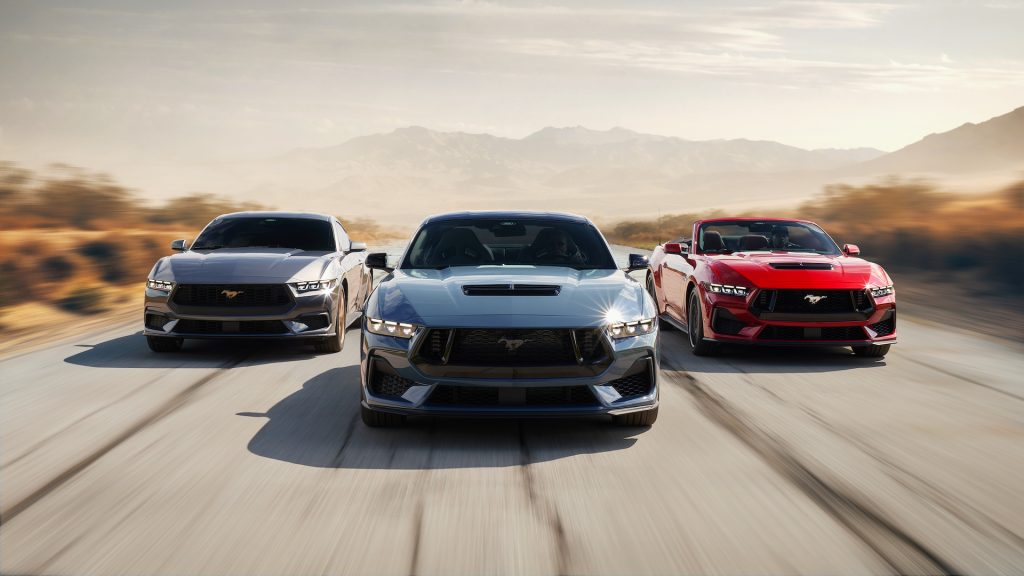
With this dramatic shift happening with today’s muscle cars, many traditionalists can take comfort knowing that the Ford is here to keep the spirit of cars that look and perform aggressively alive with their 7th-generation 2024 Mustang S650. Not only is this next-gen Mustang carrying the torch, it is slated to be Ford’s most powerful version to date. Equipped with the 5.0-liter Coyote V8, this motor is capable of producing 500 horsepower and 418 lb-ft of torque, making it the strongest non-Shelby Mustang ever made. Along with strengthened camshafts, a uniquely balanced crankshaft, and forged piston connecting rods, the Coyote engine will be able to deliver optimal performance both on the street and on the track.
The Ford Mustang S650 will exist solely as a gas-powered vehicle, and could possibly be the last “true” muscle car standing. With the 8th-generation expected to arrive in 2030, there is a strong possibility that the Mustang will be part of the incoming E-Muscle revolution. We’ve all seen how the DNA of a muscle car has changed through the decades. They’ve become bolder, faster, stronger, and have had more technological upgrades with each passing generation. Only time will tell whether or not that E-Muscle is the fate for the all-American muscle car.
